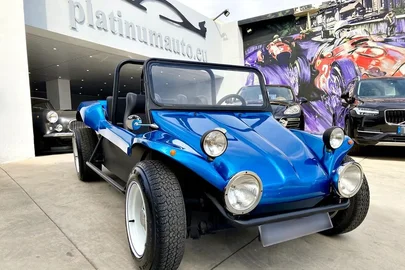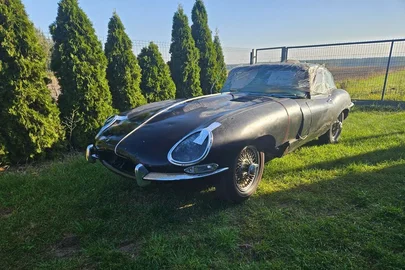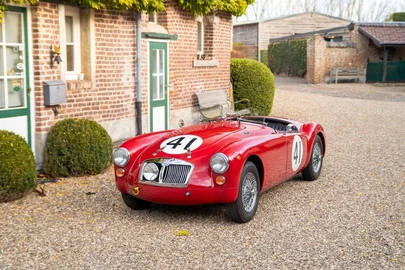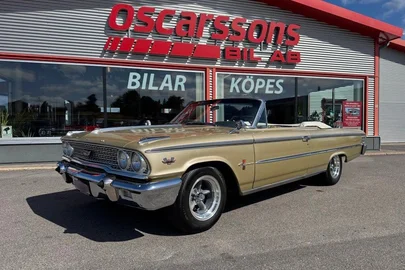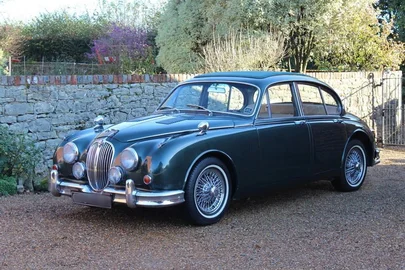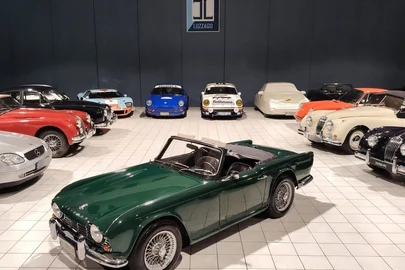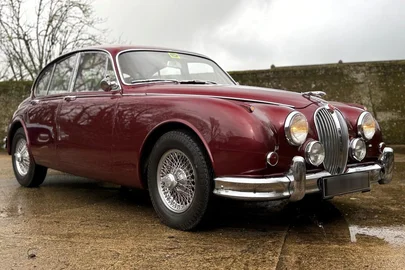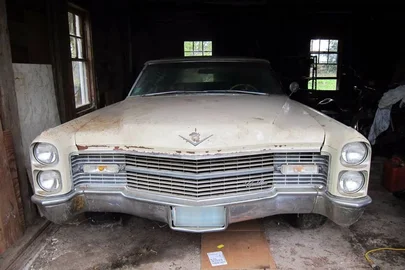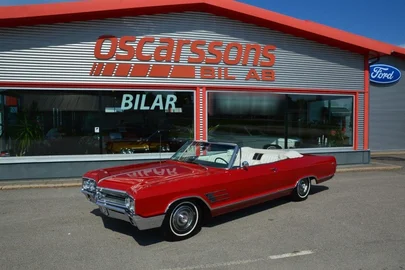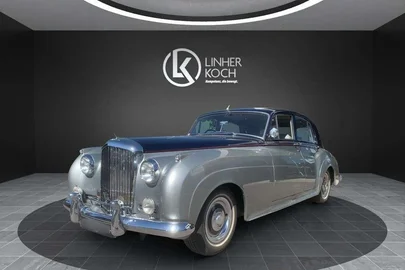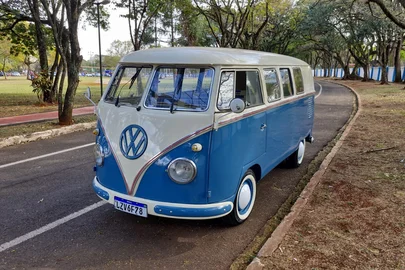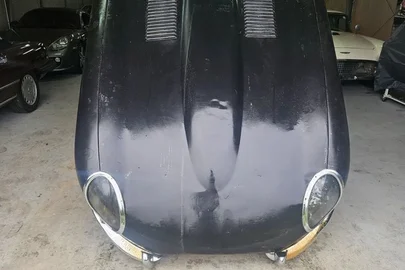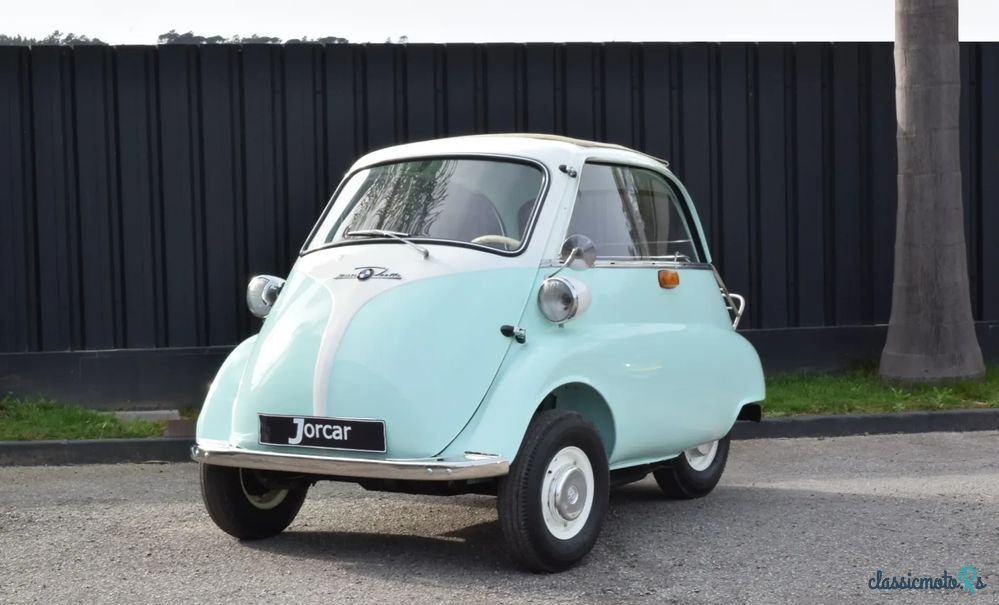
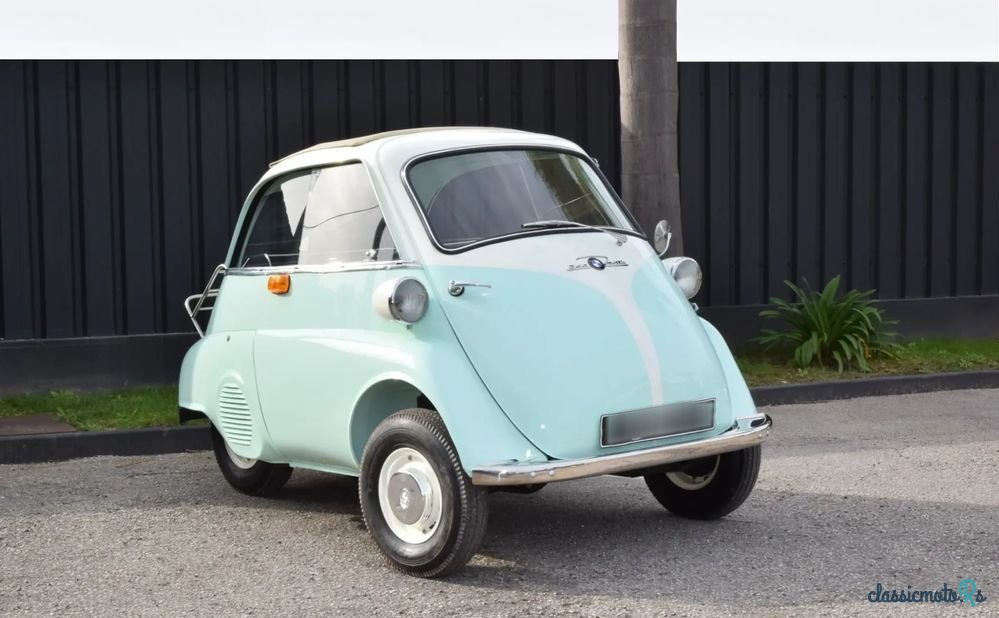
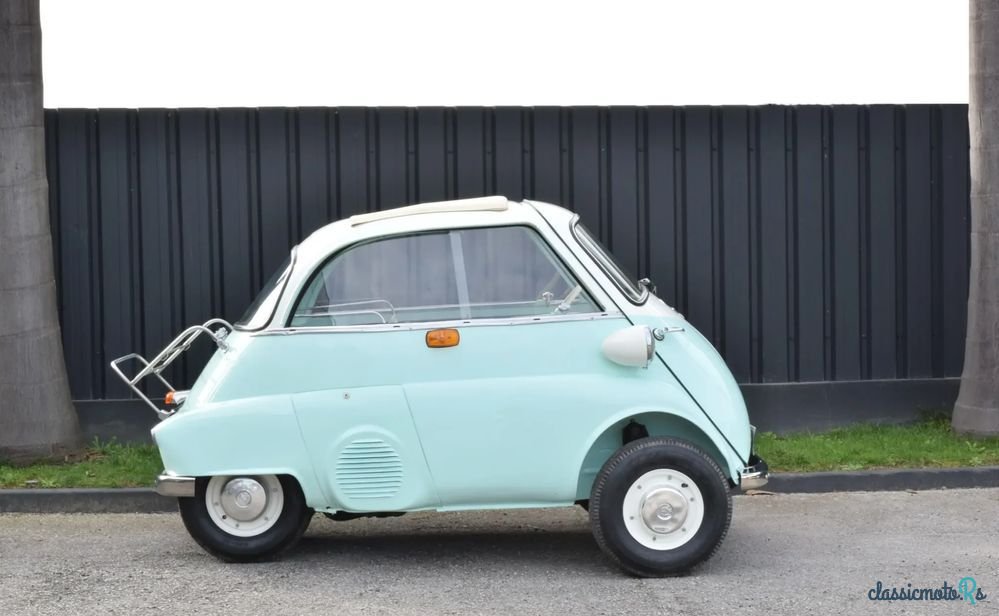
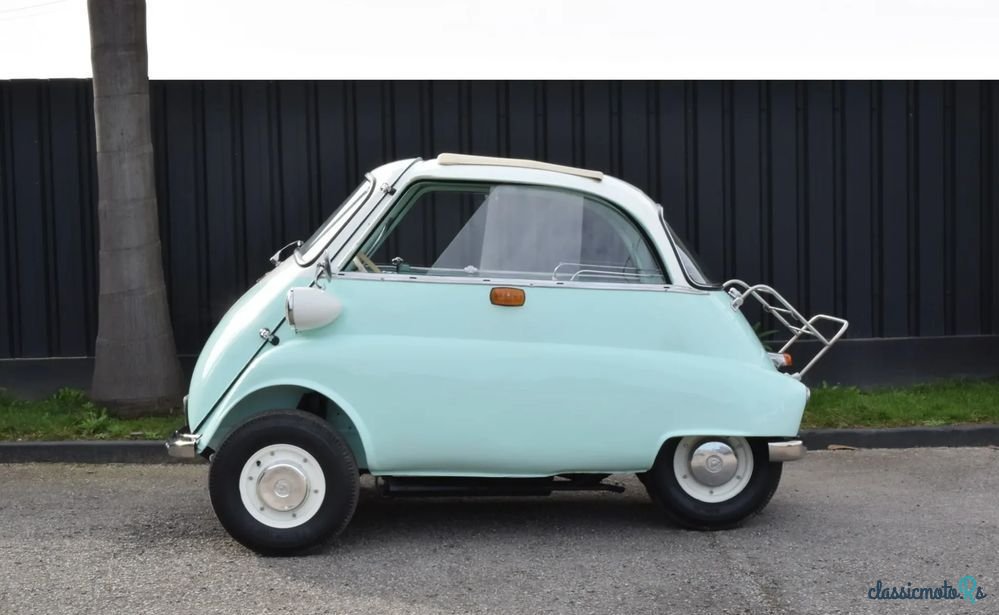
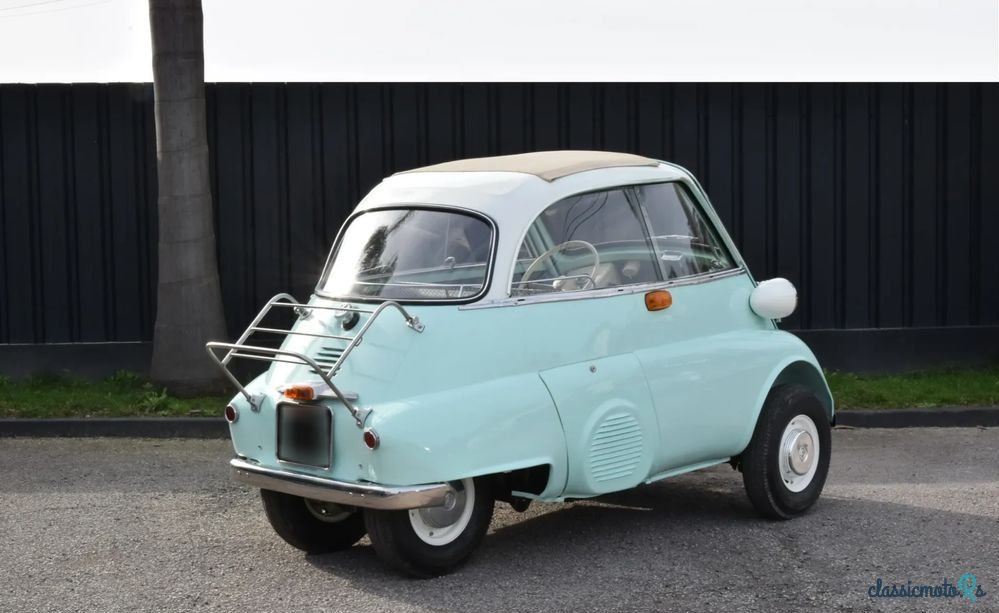
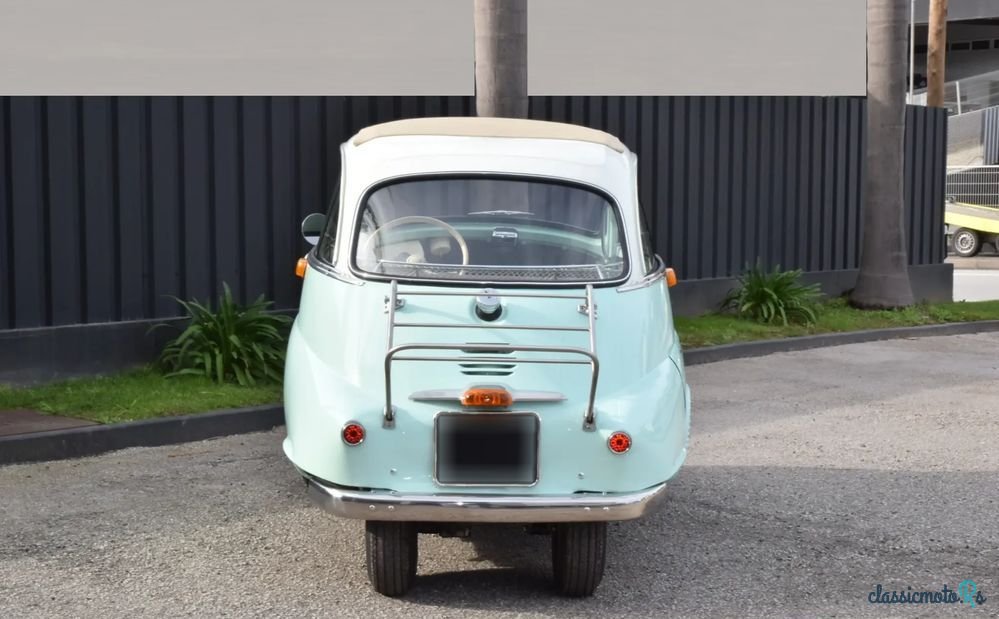
6 photos
1960' BMW Isetta
Report This Ad!Rate This!Bookmark This
€32,500Published 2 May 2024ID: cyEp9j
Expired
1 year, 7 months ago
1 year, 7 months ago
Information from the owner
Age: 64 years
Mileage: 30000 km
Displacement: 401 cc
Fuel: Petrol
Transmission: Manual
Exterior color: White
Seller's comments about 1960' BMW Isetta
BMW ISETTA 250 12CV 1960
Today, the BMW Isetta is a highly coveted Classic automobile that would probably be classified as a micromobility vehicle now. But back then, the Isetta was a complete automobile. The little car from Munich combined a clever concept with understated charm. How it came to be is quite an interesting story that proves the old adage that "necessity is the mother of invention." BMW needed a new model, one that didn't require a lot of development costs. BMW found its solution at the 1954 Turin Motor Show. In the space of Iso Rivolta, an Italian minicar manufacturer, there was a three-wheeled car with a huge door at the front. Her name was Iso Isetta. The BMW delegation acquired the licensing rights for the Isetta as well as the production equipment. The BMW Isetta is a microcar produced under license by Bayerische Motorenwerke between 1955 and 1962. The “Motocoupé” is based on the design of the Italian manufacturer Iso Rivolta and is known as the bubble car. Isettas typically had a door at the front and a four-stroke single-cylinder engine at the rear. BMW's marketing department coined the term “motocoupé” for the bubble car. In Germany, the Isetta was affectionately known as “Knutschkugel” (cuddle trainer). There was no better car for traveling around the city or for short distances. As it was 2.28 m long and weighed just 350 kg, it was more maneuverable than almost any other automobile at the time. And two adult passengers could sit next to each other, just like in a “normal” car. The Isetta was the only microcar where this was possible. As the door opens forward and the steering wheel and steering column follow the opening path, it is easy to get in and out. Luggage stays outside on a rear-mounted luggage rack. Not many changes were made to the Isetta while it was in production. The first series had a larger rear window than the second, and the window that opened to the side was replaced with a sliding window. All Isettas had a canvas roof, similar to today's sunroof. Not because of the customers' request, but because a mandatory emergency exit was necessary, given that the entrance is from the front. This was in production between 1955 and 1962. This beautiful example was recently completely restored. It is presented in an elegant combination of the time, with white and green "Light Green / White".
* This ad was published by computer routine, all data requires confirmation from the seller.
Today, the BMW Isetta is a highly coveted Classic automobile that would probably be classified as a micromobility vehicle now. But back then, the Isetta was a complete automobile. The little car from Munich combined a clever concept with understated charm. How it came to be is quite an interesting story that proves the old adage that "necessity is the mother of invention." BMW needed a new model, one that didn't require a lot of development costs. BMW found its solution at the 1954 Turin Motor Show. In the space of Iso Rivolta, an Italian minicar manufacturer, there was a three-wheeled car with a huge door at the front. Her name was Iso Isetta. The BMW delegation acquired the licensing rights for the Isetta as well as the production equipment. The BMW Isetta is a microcar produced under license by Bayerische Motorenwerke between 1955 and 1962. The “Motocoupé” is based on the design of the Italian manufacturer Iso Rivolta and is known as the bubble car. Isettas typically had a door at the front and a four-stroke single-cylinder engine at the rear. BMW's marketing department coined the term “motocoupé” for the bubble car. In Germany, the Isetta was affectionately known as “Knutschkugel” (cuddle trainer). There was no better car for traveling around the city or for short distances. As it was 2.28 m long and weighed just 350 kg, it was more maneuverable than almost any other automobile at the time. And two adult passengers could sit next to each other, just like in a “normal” car. The Isetta was the only microcar where this was possible. As the door opens forward and the steering wheel and steering column follow the opening path, it is easy to get in and out. Luggage stays outside on a rear-mounted luggage rack. Not many changes were made to the Isetta while it was in production. The first series had a larger rear window than the second, and the window that opened to the side was replaced with a sliding window. All Isettas had a canvas roof, similar to today's sunroof. Not because of the customers' request, but because a mandatory emergency exit was necessary, given that the entrance is from the front. This was in production between 1955 and 1962. This beautiful example was recently completely restored. It is presented in an elegant combination of the time, with white and green "Light Green / White".
* This ad was published by computer routine, all data requires confirmation from the seller.
